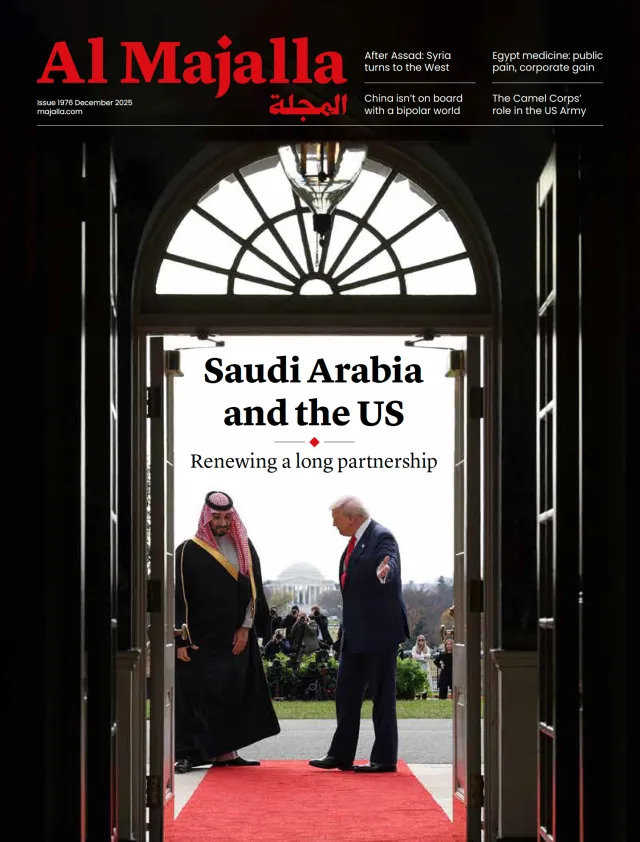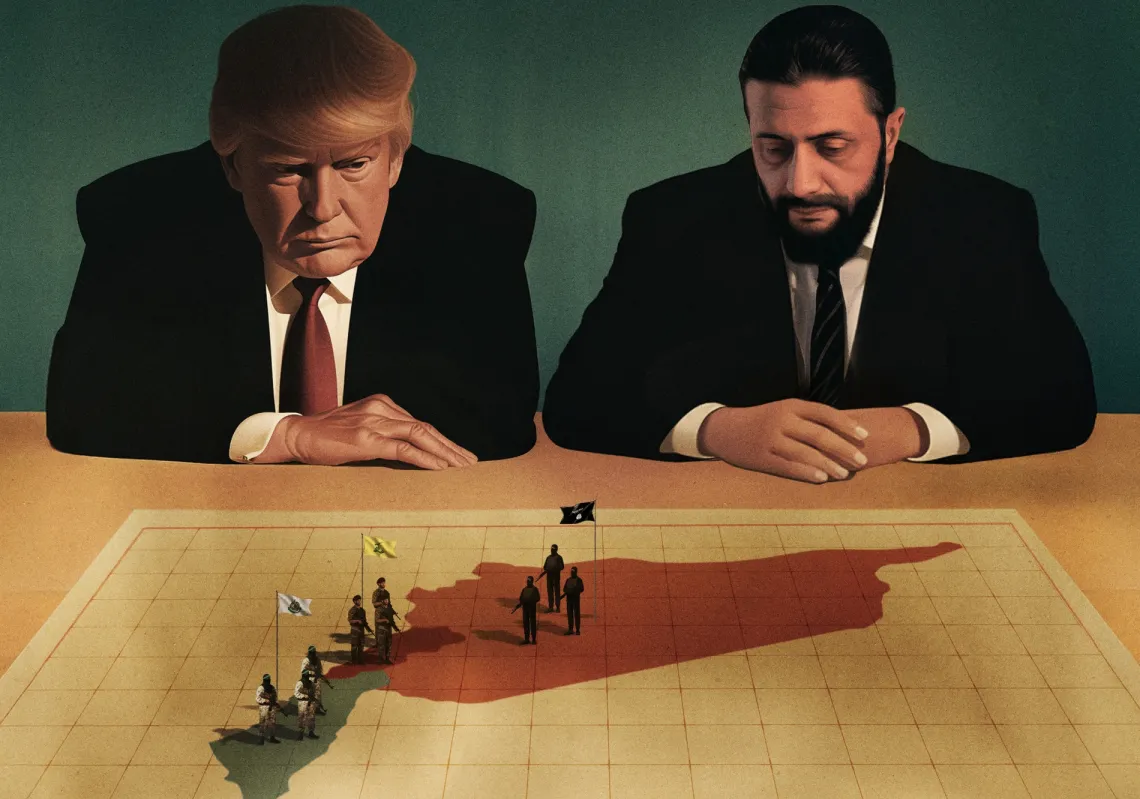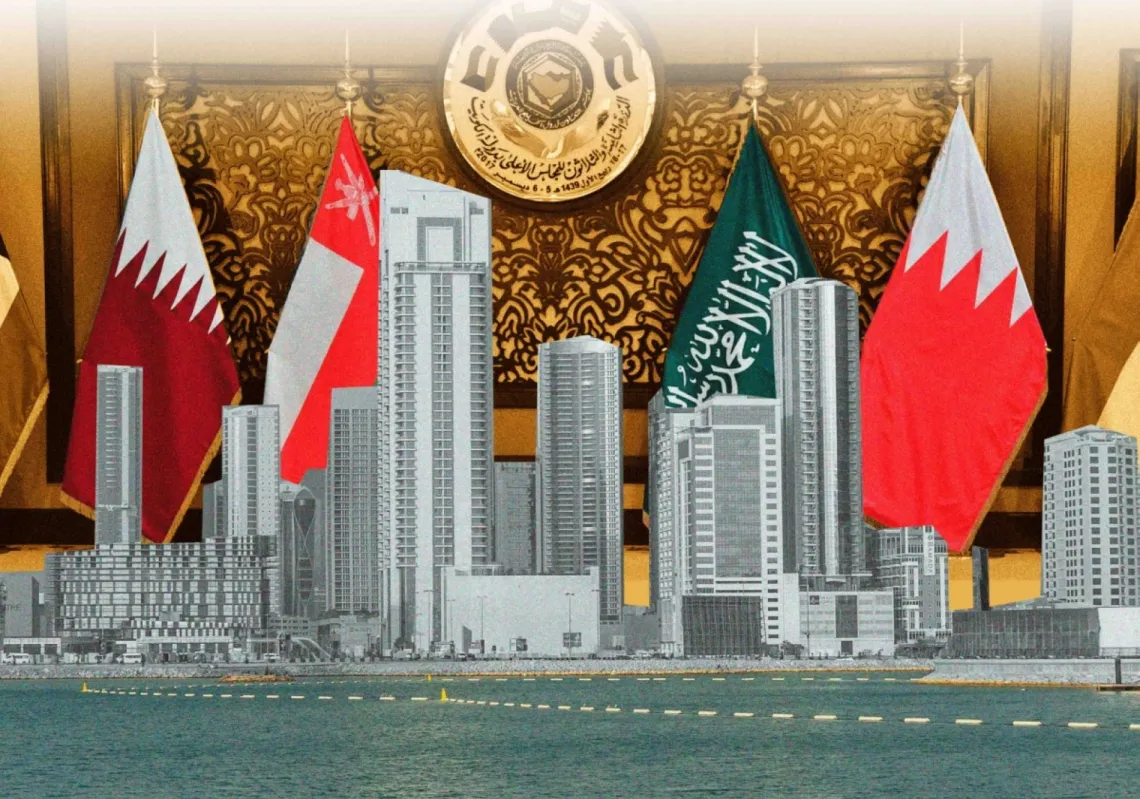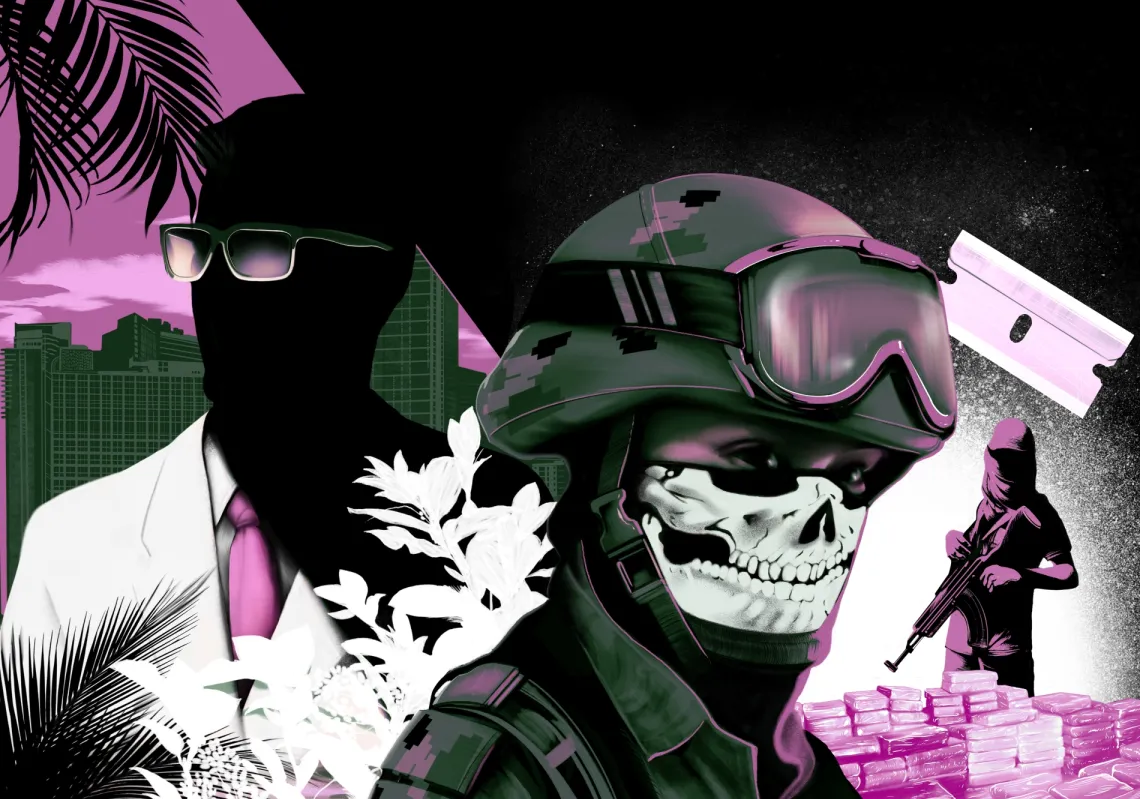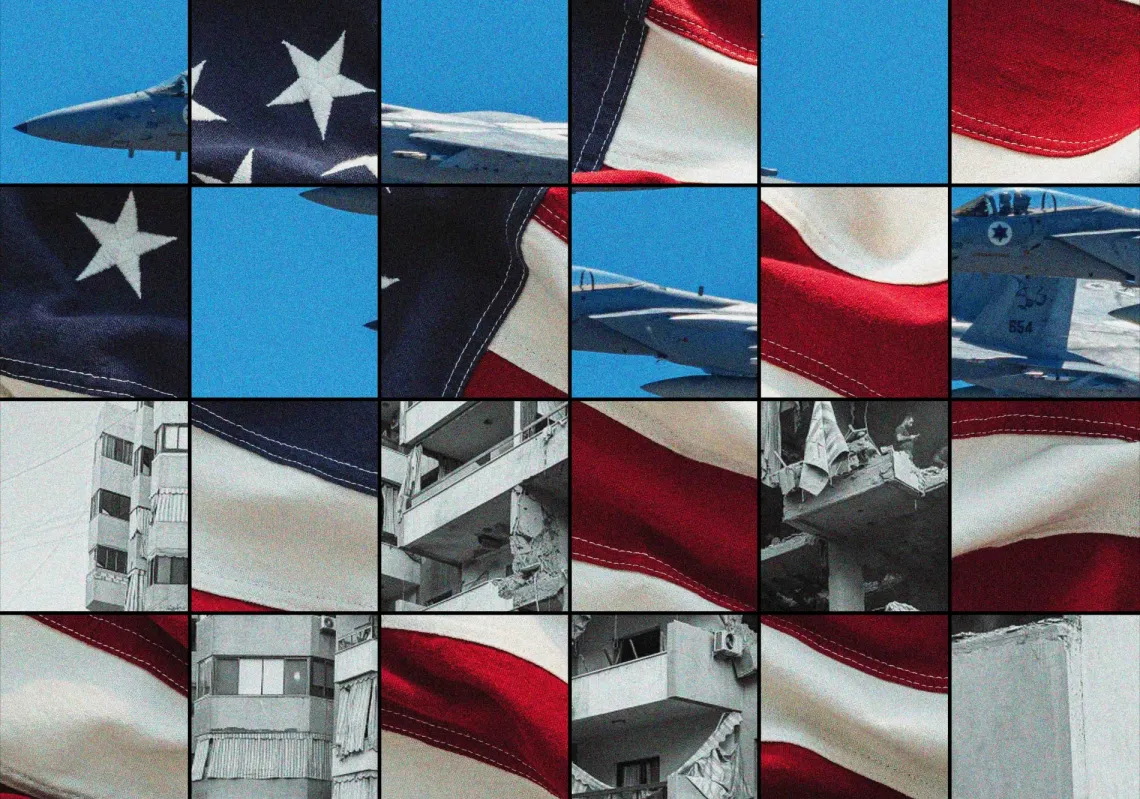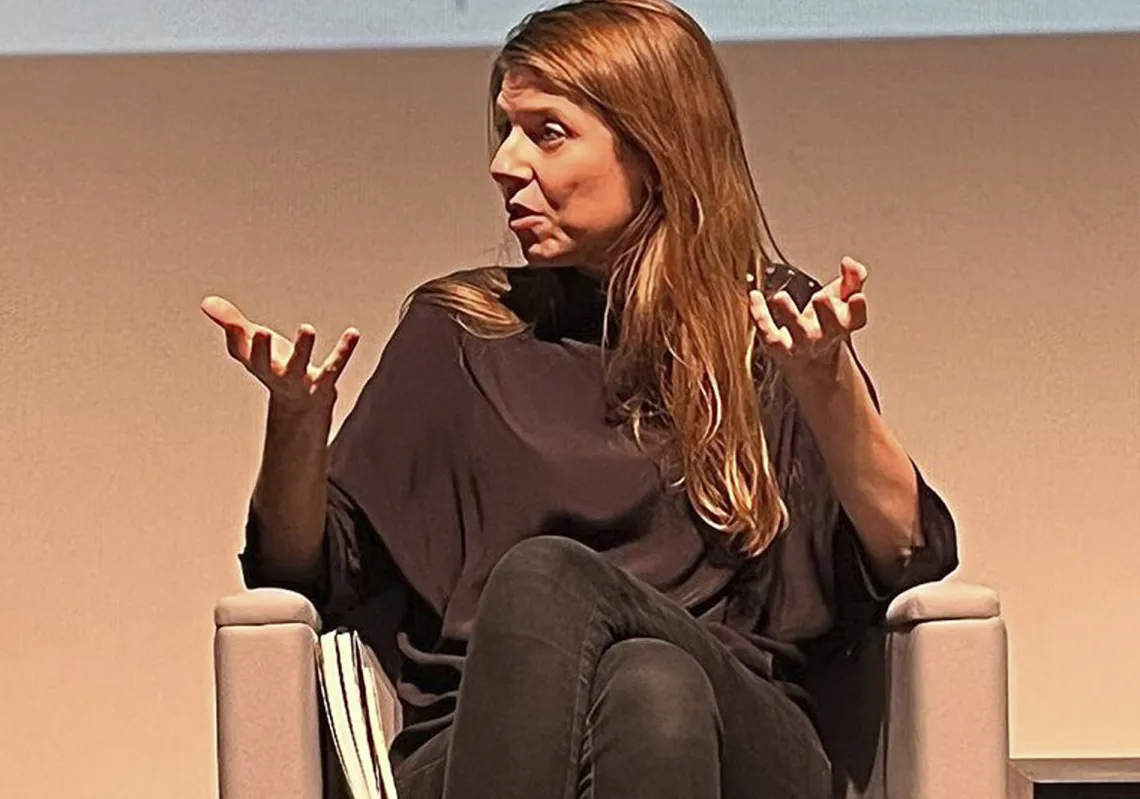Indian Prime Minister Narendra Modi visits the United States this week with a spring in his step after winning power in Delhi’s legislative assembly for his Bharatiya Janata Party (BJP) for the first time in 27 years.
By banking on Modi’s face and his promises to improve life for the city’s 20 million population, the Hindu nationalist BJP trounced the Aam Aadmi Party of Arvind Kejriwal, who burst onto the scene in 2012 during an anti-corruption movement.
Despite the Delhi local government having only limited administrative powers, winning the capital will have a big psychological impact, not least due to the city’s large diplomatic and foreign media presence.
Deportees hit a nerve
The BJP enjoys huge support from Indians abroad, especially Gujaratis, whose BJP-ruled state has some of India’s highest migration figures. For them, the sight of 104 shackled Indians being deported from the United States on a military plane last week was not an easy one, not least because a third were from Gujarat.
The US Border Patrol Chief shared a humiliating video of Indians deported on a military plane—chained hands and legs like animals.
The most dehumanizing part is the use of word “aliens” for Indians.
Why is the vishwaguru PM & media silent on this? pic.twitter.com/XjmstoMZZk
— Mohit Chauhan (@mohitlaws) February 6, 2025
This was the first deportation flight to India in President Donald Trump’s second White House term and makes the point that he is serious about combating illegal immigration in the US. About 20,000 unauthorised Indians in the US have been identified, and hundreds are set to be sent back soon, according to media reports.
As of 2022, the US was home to about 4.8 million Indian Americans, according to Pew Research. Two-thirds of them were immigrants, while a third were US-born. There are estimated to be 750,000 Indians illegally living in the US, making India the third biggest source of illegal immigrants in America after Mexico and El Salvador.
Yet seeing deportees in shackles has touched a nerve in India, with opposition leaders raising it in parliament and the media, embarrassing the Modi government. The choice of military aircraft was also problematic since it appeared to characterise the process as a national security operation. Indian Foreign Secretary Vikram Misri tellingly noted that "there are other types of flights" available.

